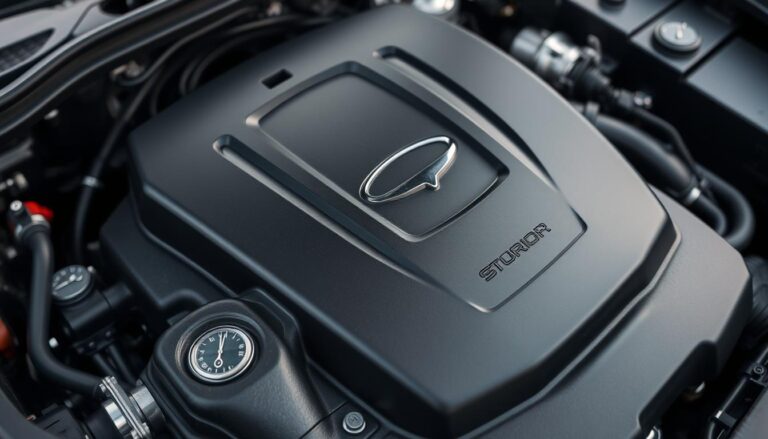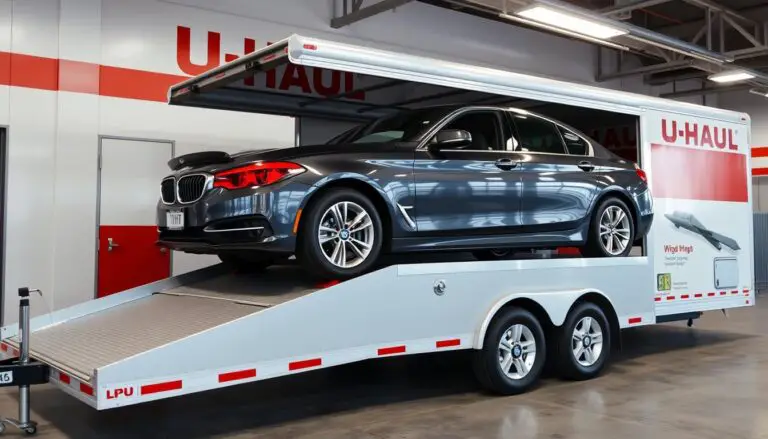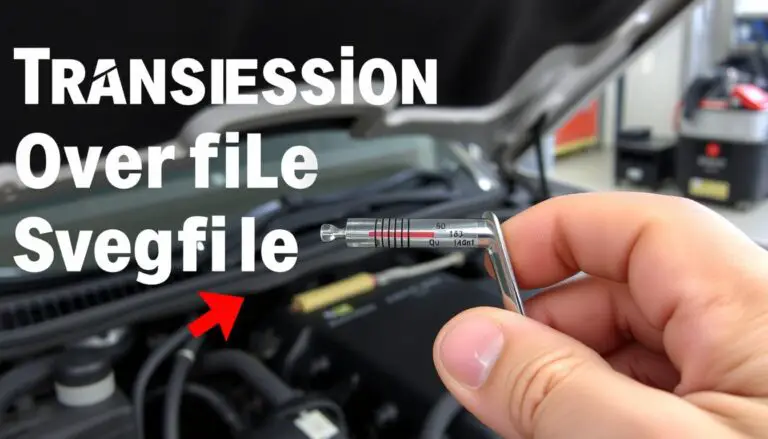The Amtrak train speeds vary across different routes, offering a range of experiences for passengers. As the primary passenger railroad service in the United States, Amtrak operates a diverse fleet of trains, each with its own speed capabilities.
While some Amtrak trains cruise at high speeds, others travel at slower speeds, depending on the route and conditions. Understanding the different speeds at which Amtrak trains operate can help passengers plan their journeys more effectively.
Key Takeaways
- Amtrak operates a diverse fleet of trains with varying speed capabilities.
- Train speeds vary across different routes.
- Some Amtrak trains can reach high speeds.
- Route conditions can affect train speeds.
- Understanding train speeds can help passengers plan their journeys.
Current Amtrak Speed Capabilities
Understanding Amtrak’s current speed capabilities provides insight into its operational efficiency and competitiveness. Amtrak operates a diverse fleet with varying speed capabilities, influenced by factors such as track conditions, regulatory limits, and the type of service provided.
Maximum Authorized Speeds
Amtrak’s maximum authorized speeds are the highest speeds at which its trains are permitted to operate on specific sections of track. These speeds are determined based on safety considerations, track conditions, and regulatory requirements.
Top Speed Records
Amtrak has achieved notable top speeds, particularly with its Acela Express service, which has reached speeds of up to 150 mph in certain sections.
Regular Service Maximums
In regular service, Amtrak’s maximum speeds are generally lower, typically up to 125 mph for Acela Express, with other services operating at lower maximum speeds.
Average Operating Speeds
Amtrak’s average operating speeds are influenced by factors such as the number of stops, track conditions, and congestion. Average speeds are typically lower than maximum authorized speeds due to the need to slow down for stations, curves, and other constraints.
For instance, while Acela Express can reach high speeds on certain stretches, its average speed over an entire route is lower due to the time spent slowing down and accelerating.
How Fast Do Amtrak Trains Go? A Breakdown by Service
Amtrak’s speed varies significantly across its different services, catering to diverse travel needs. Understanding these variations is key to appreciating the complexity of Amtrak’s network.
Acela Express: America’s Fastest Train
The Acela Express is Amtrak’s flagship service, known for its high speeds along the Northeast Corridor. It can reach speeds of up to 150 mph, making it the fastest train in the United States. This service connects major cities like Boston, New York, and Washington, D.C., providing a fast and convenient travel option.
Northeast Regional Services
Northeast Regional trains offer a vital link between cities in the Northeast, operating at speeds that can reach up to 125 mph, although average speeds are typically lower due to frequent stops. This service is crucial for daily commuters and travelers alike.
Long-Distance Routes
Long-distance routes cover a vast geographic area, with speeds varying significantly based on the terrain and infrastructure. These routes are divided into several categories.
Western Routes
Western routes, such as those traversing California and the Pacific Northwest, often face challenges like mountainous terrain, which can limit speeds. However, in certain sections, trains can reach speeds of up to 90 mph.
Southern and Midwestern Routes
Southern and Midwestern routes offer a mix of urban and rural landscapes. While speeds are generally lower than on the Northeast Corridor, some sections allow for speeds of up to 100 mph, enhancing the travel experience across these regions.
Factors Limiting Amtrak Train Speeds
Several key factors impact the speed of Amtrak trains. Understanding these limitations is crucial for assessing the current state of Amtrak’s services and potential areas for improvement.
Infrastructure Challenges
Amtrak’s infrastructure poses significant challenges to achieving higher speeds. The condition of the tracks and the shared use of rail lines are critical factors.
Track Conditions and Shared Right-of-Way
The condition of the tracks directly affects how fast a train can safely travel. Shared right-of-way with freight trains and other services can lead to congestion and slower speeds. For instance, on certain routes, Amtrak trains must share tracks with slower freight trains, limiting their ability to reach higher speeds.
Curve Restrictions
Curves in the rail track limit train speeds due to the centrifugal force exerted on the train as it navigates the curve. Reducing curve resistance or modifying tracks to allow for higher speeds is complex and costly.
Regulatory Constraints
Regulatory requirements also play a significant role in limiting Amtrak train speeds. Safety is a paramount concern, and regulations are in place to ensure safe operation.
Safety Requirements
Safety requirements, including those related to braking distances and speed limits in certain areas, directly impact train speeds. Adherence to these requirements is crucial for preventing accidents.
Positive Train Control Implementation
The implementation of Positive Train Control (PTC) technology, while enhancing safety, also affects train operations. PTC is designed to automatically slow or stop a train to prevent accidents, which can impact overall journey times.
The Northeast Corridor: Amtrak’s High-Speed Zone
The Northeast Corridor is Amtrak’s crown jewel, boasting some of the highest speeds in the US rail network. This prestigious route connects Washington, D.C., Philadelphia, New York City, and Boston, serving as a vital artery for both business travelers and tourists.
Track Improvements and Recent Speed Increases
Amtrak has been continually upgrading the Northeast Corridor’s infrastructure, allowing for significant speed increases. Recent track improvements have enabled trains to operate at higher velocities, reducing travel times between major cities. The Northeast Corridor has seen investments in modern signaling systems and electrification upgrades, enhancing overall efficiency.
Current Speed Records on the Corridor
The Northeast Corridor has witnessed impressive speed records, particularly on its two main segments.
Washington to New York Segment
The Washington to New York segment is a showcase of Amtrak’s high-speed capabilities, with trains reaching speeds of up to 135 miles per hour on certain sections. This has significantly reduced travel times, making it competitive with air travel.
New York to Boston Segment
The New York to Boston segment also boasts high speeds, with trains often reaching 150 miles per hour.  Recent upgrades have allowed for smoother and faster travel, enhancing the overall passenger experience.
Recent upgrades have allowed for smoother and faster travel, enhancing the overall passenger experience.
Comparing Amtrak Speeds to International High-Speed Rail
Comparing Amtrak to international high-speed rail networks reveals both strengths and areas for improvement. While Amtrak has made significant strides in enhancing its services, a look at global high-speed rail standards provides valuable context for evaluating its performance.
European High-Speed Networks
European countries have been at the forefront of high-speed rail development. Their networks offer a benchmark for assessing Amtrak’s capabilities.
France’s TGV and Spain’s AVE
France’s TGV (Train à Grande Vitesse) and Spain’s AVE (Alta Velocidad Española) are among the fastest commercial trains in the world. The TGV can reach speeds of up to 320 km/h (200 mph), while AVE services operate at similar velocities, significantly faster than Amtrak’s Acela Express.
Germany’s ICE and Italy’s Frecciarossa
Germany’s ICE (InterCity Express) and Italy’s Frecciarossa also offer high-speed services, with top speeds of 320 km/h (200 mph) and 360 km/h (224 mph), respectively. These networks demonstrate the potential for high-speed rail in Europe.
Asian Bullet Trains
Asia is home to some of the world’s most advanced high-speed rail networks, providing a compelling comparison to Amtrak.
Japan’s Shinkansen
Japan’s Shinkansen is renowned for its punctuality and speed, with some lines operating at speeds of up to 320 km/h (200 mph). The N700S series, for example, is one of the fastest commercial trains in operation.
China’s High-Speed Rail Network
China has rapidly expanded its high-speed rail network, with many lines operating at speeds of 250-350 km/h (155-217 mph). The network is among the most extensive and fastest in the world.
The following table summarizes the top speeds of various international high-speed rail services:
| Country | Train Service | Top Speed (km/h) | Top Speed (mph) |
|---|---|---|---|
| France | TGV | 320 | 200 |
| Spain | AVE | 310 | 193 |
| Japan | Shinkansen N700S | 360 | 224 |
| China | Fuxing Hao | 350 | 217 |
The Future of Amtrak Speed: Upcoming Projects
Amtrak is on the cusp of a revolution with its upcoming projects aimed at increasing train speeds. The introduction of next-generation Acela trainsets and significant infrastructure investment plans are set to enhance Amtrak’s speed capabilities.
Acela Next-Generation Trainsets
The new Acela trainsets are designed to be faster and more efficient. Technical specifications include advanced braking systems and improved aerodynamics.
Technical Specifications and Speed Capabilities
These trainsets will have the capability to reach higher speeds, improving travel times between major cities. The advanced technology will also enhance passenger comfort.
Implementation Timeline
The implementation of the new Acela trainsets is expected to be completed by 2025, with full deployment planned for the following years.
Infrastructure Investment Plans
Amtrak’s infrastructure investment plans are crucial for achieving higher speeds. This includes upgrades to tracks and signaling systems.
Biden Administration’s Rail Funding
The Biden administration has proposed significant funding for rail infrastructure, supporting high-speed rail initiatives. This funding will be instrumental in upgrading Amtrak’s infrastructure.
State-Level High-Speed Rail Initiatives
In addition to federal funding, several states are investing in high-speed rail projects, further boosting Amtrak’s speed capabilities.

These upcoming projects will significantly enhance Amtrak’s speed and efficiency, making it a more competitive mode of transportation.
Amtrak Speed Versus Other Transportation Modes
The competitiveness of Amtrak’s speeds against air travel and car travel is worth examining. When evaluating the best way to travel, the speed of different transportation modes is a critical factor.
Competitiveness with Air Travel
Amtrak’s competitiveness with air travel is notable, especially in certain corridors. City-center to city-center travel is one area where Amtrak excels.
City-Center to City-Center Travel Times
Amtrak eliminates the need for lengthy commutes to and from airports, making it a convenient option.
Environmental Impact Comparison
Amtrak is generally more environmentally friendly than air travel, producing fewer greenhouse gas emissions per passenger.
Advantages Over Car Travel
Amtrak has several advantages over car travel, including congestion avoidance and the ability to be productive during travel.
Congestion Avoidance
Travelers avoid the congestion and stress associated with driving on busy highways by choosing Amtrak.
Productivity During Travel
Amtrak allows passengers to be productive during their journey, with more spacious seating and the ability to walk around.
Conclusion
Amtrak’s train speeds have been a topic of interest for travelers and transportation enthusiasts alike. As discussed, Amtrak’s current speed capabilities vary across its services, with the Acela Express being the fastest.
The analysis of Amtrak’s speed has shown that while it faces challenges such as infrastructure limitations and regulatory constraints, the railway service is working towards improving its speeds. The Northeast Corridor remains a key zone for high-speed rail development.
Comparisons with international high-speed rail networks and other transportation modes have highlighted Amtrak’s competitive advantages. As Amtrak continues to invest in new trainsets and infrastructure, its speed capabilities are expected to improve, enhancing its position in the transportation landscape.
With ongoing projects and investments, Amtrak is poised to offer faster and more efficient travel options, making it a more attractive choice for passengers. The future of Amtrak’s speed looks promising, with potential for further growth and development.
FAQ
What is the top speed of Amtrak’s Acela Express train?
The top speed of Amtrak’s Acela Express train is 150 miles per hour.
How fast do Amtrak trains travel on average?
The average operating speed of Amtrak trains varies by route, but on the Northeast Corridor, it is around 80-100 miles per hour.
What factors limit Amtrak’s train speeds?
Factors limiting Amtrak’s train speeds include infrastructure challenges, such as track conditions and curve restrictions, as well as regulatory constraints, like safety requirements and Positive Train Control implementation.
How does Amtrak’s speed compare to other high-speed rail networks?
Amtrak’s speed capabilities are lower than some international high-speed rail networks, such as Japan’s Shinkansen, which can reach speeds of over 320 kilometers per hour.
What is being done to improve Amtrak’s speed capabilities?
Amtrak is introducing next-generation Acela trainsets and investing in infrastructure improvements, including funding from the Biden administration and state-level high-speed rail initiatives.
How does Amtrak’s travel time compare to air travel?
Amtrak’s city-center to city-center travel times are often competitive with air travel, especially for shorter routes like Washington to New York.
What are the environmental benefits of choosing Amtrak over car travel?
Amtrak is generally more environmentally friendly than car travel, with lower emissions per passenger.
Can I work or be productive while traveling on Amtrak?
Yes, Amtrak’s trains offer amenities like Wi-Fi and power outlets, allowing passengers to be productive during their journey.


